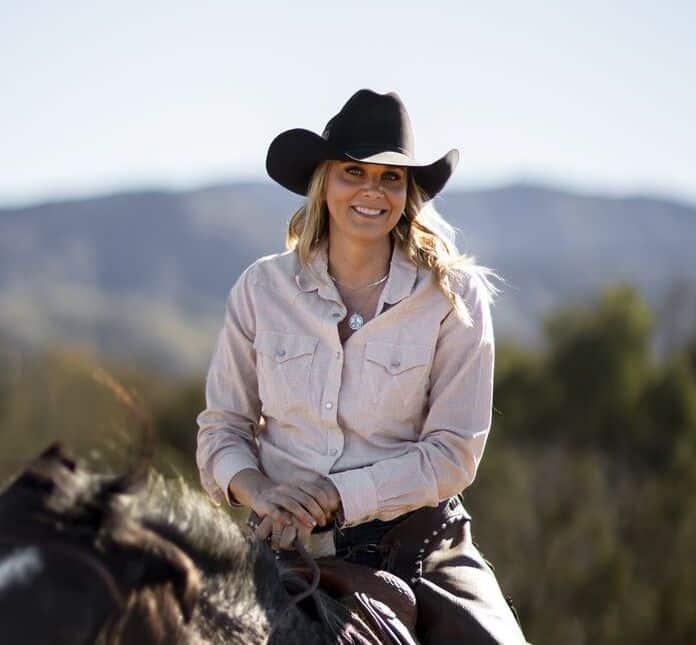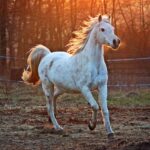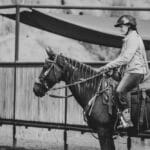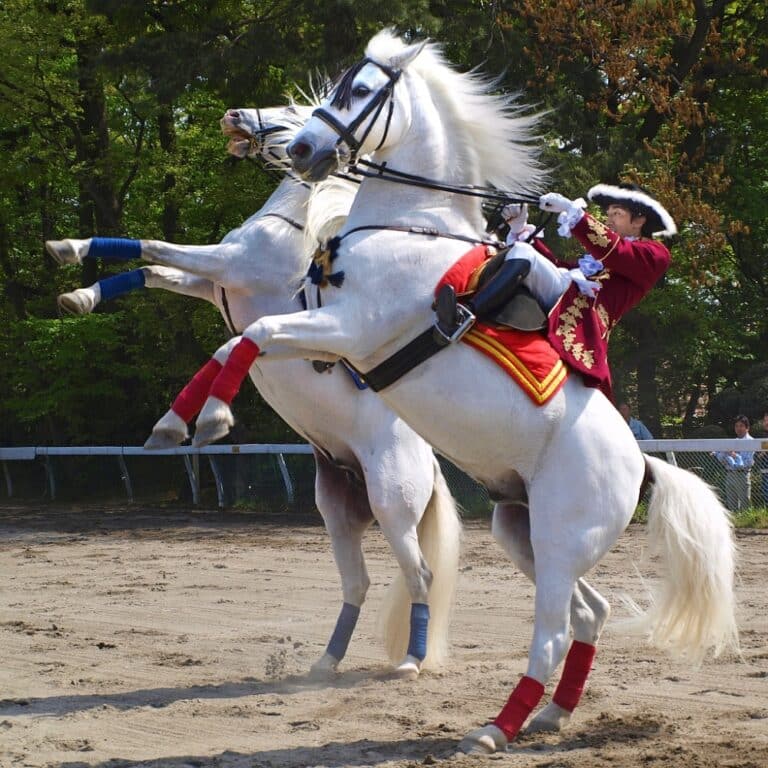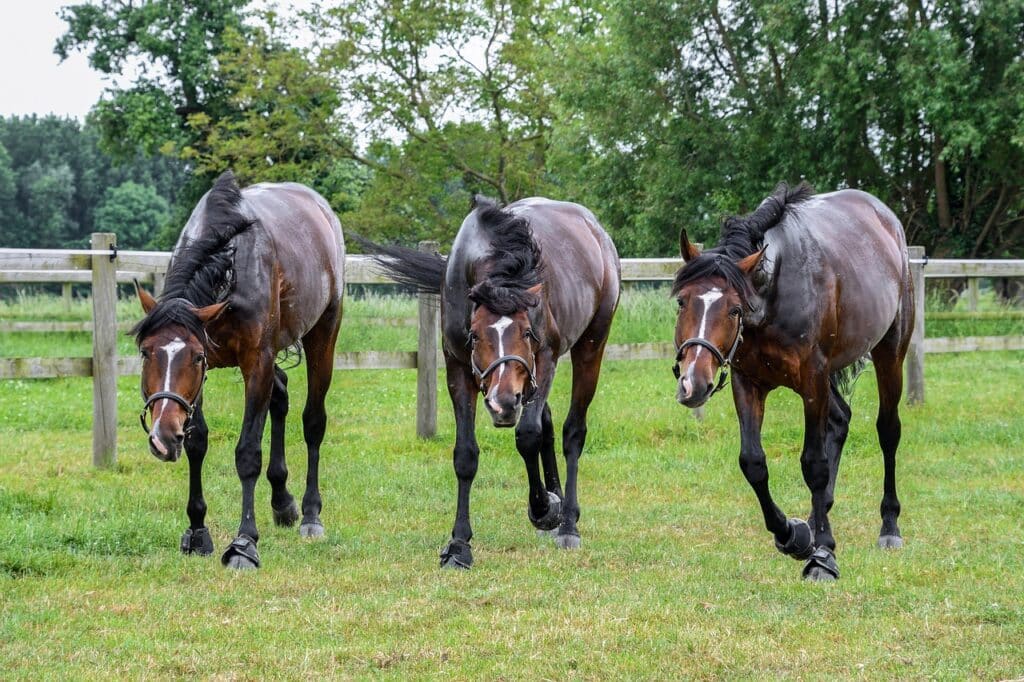
Have you ever wondered “what is a group of horses called?” You’re not alone. The answer to this question isn’t as straightforward as you might think, and the terminology can vary based on several factors. In this article, we’ll delve into the fascinating world of equine group behavior and shed light on the various terms used to describe a group of horses.
- Overview Video of What a Group of Horses is Called
- The Basics: Herd Of Horses
- Equine Social Behavior: All About Herd Dynamics
- Inside A Horse Herd: The Concept Of Bands
- Domesticated Horses: Herd Or String?
- Colts In The Mix: A Rag?
- The Breeding Ground: A Stud Of Horses?
- Working Together: Team, Remuda, And Troop
- No Packs, But Packhorses
- What Are Wild Horses Called?
- Unraveling the Equine Lexicon
Overview Video of What a Group of Horses is Called
Before we delve into the intricate terminologies and fascinating dynamics of horse groups, take a moment to immerse yourself in this captivating video. It offers a succinct overview, setting the stage for the equestrian journey we’re about to embark on together. From the wild bands roaming free to the domestic strings gracing our farms, let’s celebrate the majestic world of horses.
The Basics: Herd Of Horses
When it comes to collective nouns for animals, horses are somewhat unique. Unlike owls, which are known as a parliament, or crows, which are referred to as a murder, horses don’t have a single, universally accepted term for their group. However, the most common name for a group of horses is a herd.
The word ‘herd’ is a generic term used for a large group of animals, particularly hoofed creatures, that move together in a group. It’s a broad term and is one of the reasons why it’s commonly used to describe a collection of horses.
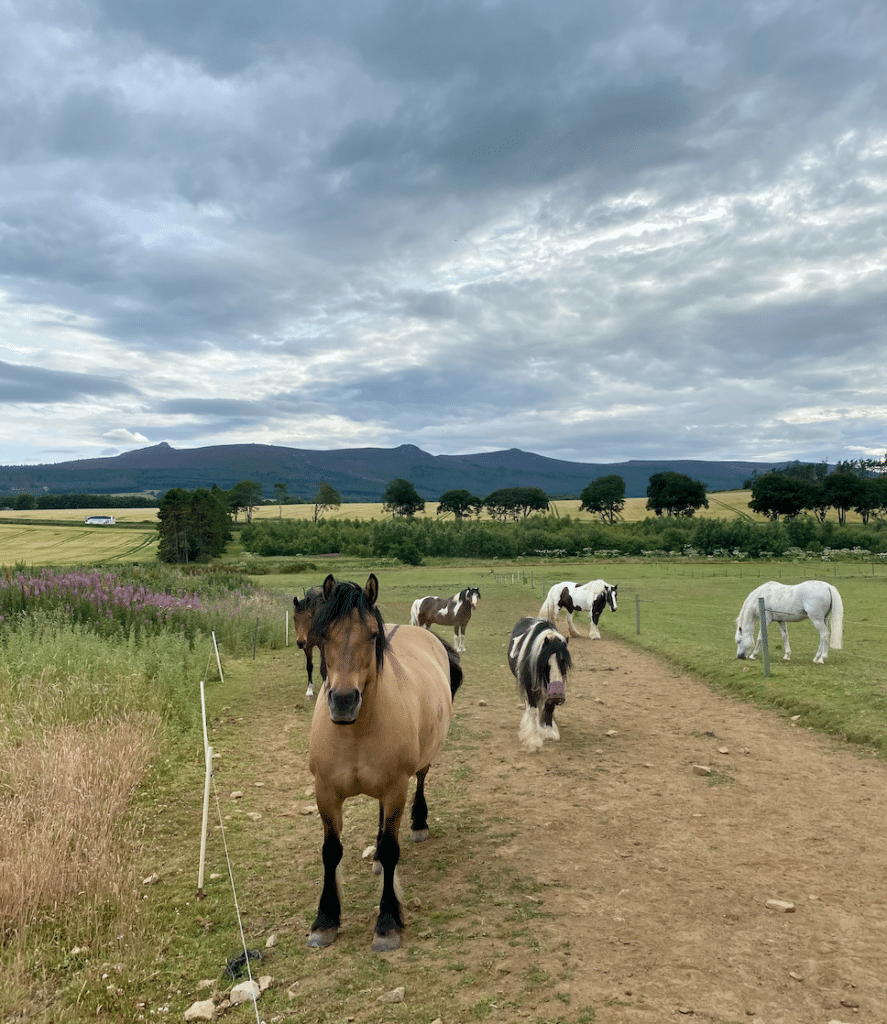
Equine Social Behavior: All About Herd Dynamics
To understand why a group of horses is called a herd, it’s essential to delve into their social behavior. Horses, like many other hoofed animals, exhibit herd behavior. This means there’s a clear hierarchy, with a lead mare (female horse) guiding the herd toward food and water and controlling the group’s movement.
Contrary to popular belief, it’s not the male horse or stallion that leads the herd. The females are the dominant horses. Though stallions play an important role — staying at the rear of the herd to motivate stragglers and ward off predators and other stallions — they aren’t the leaders. They’re more like horse guards.
Inside A Horse Herd: The Concept Of Bands
Even though a herd of horses might look like a single group, it’s actually composed of several smaller horse groups known as bands. An average herd can comprise up to 25 horses, but they don’t always stick together. Instead, they break down into bands that share the same territory.
Bands follow a harem model, encompassing a group of female horses and one male who breeds with the female. As male colts grow older, they’re often driven away, forcing them to challenge other stallions for the right to breed with a new band. Bands can range from three members to twelve or more, and they change as colts are born and grow.
In some herds, you might find bachelor bands, which are horse groups of young, single stallions. These males have been kicked out of their birth band and find companionship with other males until they’re strong enough to challenge a stallion in a harem band.
Domesticated Horses: Herd Or String?
The social structure of domesticated horses, like those on a farm, can differ significantly from their wild counterparts. Wild horse herds can contain up to 25 horses, divided into smaller bands. However, most horse owners only keep one to three working horses, leading to a different dynamic.
Despite these differences, a group of domesticated horses can also be referred to as a herd. But sometimes, they’re called a string. This term typically applies to a group of horses owned by the same person. So, if you see multiple horses in the same field, each owner might refer to their own horses as their ‘string’.
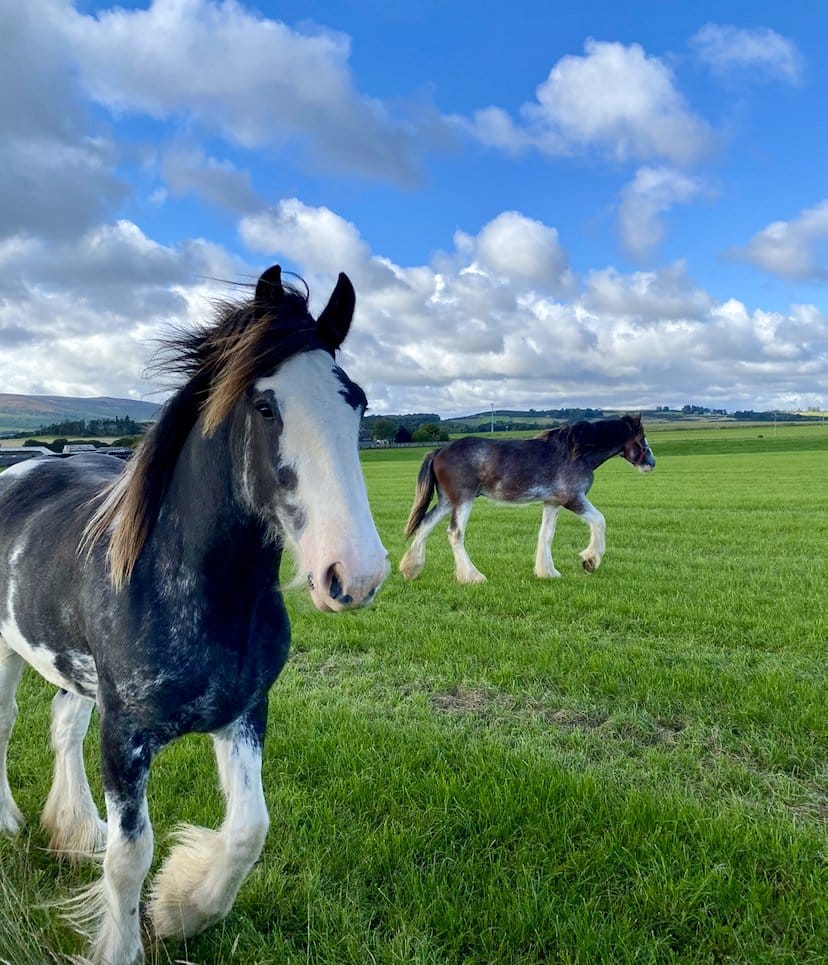
Colts In The Mix: A Rag?
When it comes to young male horses or colts, the group dynamics change again. Typically, colts stay close to their mothers until they’re weaned. After that, male colts don’t usually leave until they’re mature enough to join a bachelor band. Therefore, groups of colts are pretty rare.
Despite this, you might come across the phrase ‘a rag of colts’. While it’s an adorable term fitting for these young creatures, it’s not commonly used. The term ‘rag’ is more likely to be used affectionately for a group of rowdy kids than for a group of colts.
The Breeding Ground: A Stud Of Horses?
When it comes to breeding, the term stud comes into play. A stud is a place where horses are kept for breeding. The term originates from the Old English word ‘Stod’, meaning a ‘place where horses are kept for breeding’.
The group of horses that reside at the stud are sometimes referred to as a harras. This term is another example of the diverse language used to describe groups of horses in different contexts.
Working Together: Team, Remuda, And Troop
When horses work together, various other terms come into the picture. A team of horses refers to four or more horses being driven together — think of a team of horses pulling a wagon.
A remuda is a group of horses kept by cowboys or cowgirls working on a ranch. Managed by a wrangler or horse boss, the remuda’s horses are selected for different tasks or situations. The term is most commonly used in the Western United States, particularly in the context of cattle ranching.
The term troop is used to refer to a group of horses that work together, such as in The Trooping of The Colour, a ceremonial display to celebrate the monarch’s birthday. A group of military horses is often regarded as a troop of horses.
No Packs, But Packhorses
While we’re on the topic of what a group of horses is called, it’s worth noting that horses are never referred to as a pack. However, the term packhorse does exist, which refers to a horse used to carry goods but not a rider — think of a cowboy leading another horse carrying his gear in a Western movie. A group of working pack horses could be described as a horse train or mule train.
What Are Wild Horses Called?
When it comes to wild horses, the terms “band” and “herd” are often used. A “band” typically consists of a dominant stallion, his mares, and their offspring. These smaller groups sometimes come together to form a larger “herd,” which may include multiple bands.
Understanding the terms “band” and “herd” in the context of wild horses gives us insight into their social structure and behavior. It’s especially relevant for those interested in the conservation and study of wild horse populations.
Unraveling the Equine Lexicon
So, what’s a group of horses called? As we’ve trotted through this equestrian journey, it’s become abundantly clear that the answer is far from straightforward. From the intricate bands of wild horses roaming free to the specialized teams and strings that grace our farms and racetracks, the terminology is as diverse as the equestrian world itself.
But whether you find yourself amidst a horse herd grazing peacefully in a meadow or a harras meticulously bred for excellence, one constant remains: horses are inherently social beings, thriving in complex group dynamics that have fascinated humans for centuries.
So the next time you’re out riding or simply enjoying the sight of these magnificent creatures, you’ll not only appreciate their beauty but also the rich vocabulary that accompanies their social structures. Happy riding, and even happier learning, my fellow equestrians!

